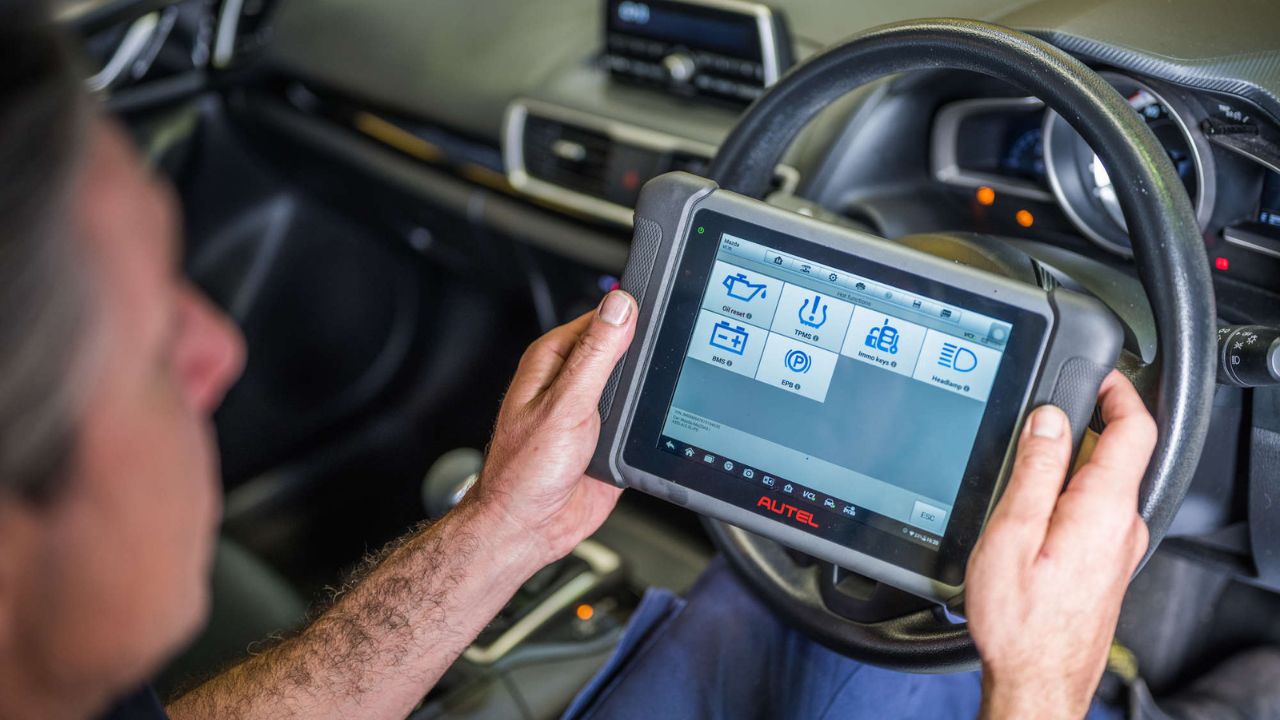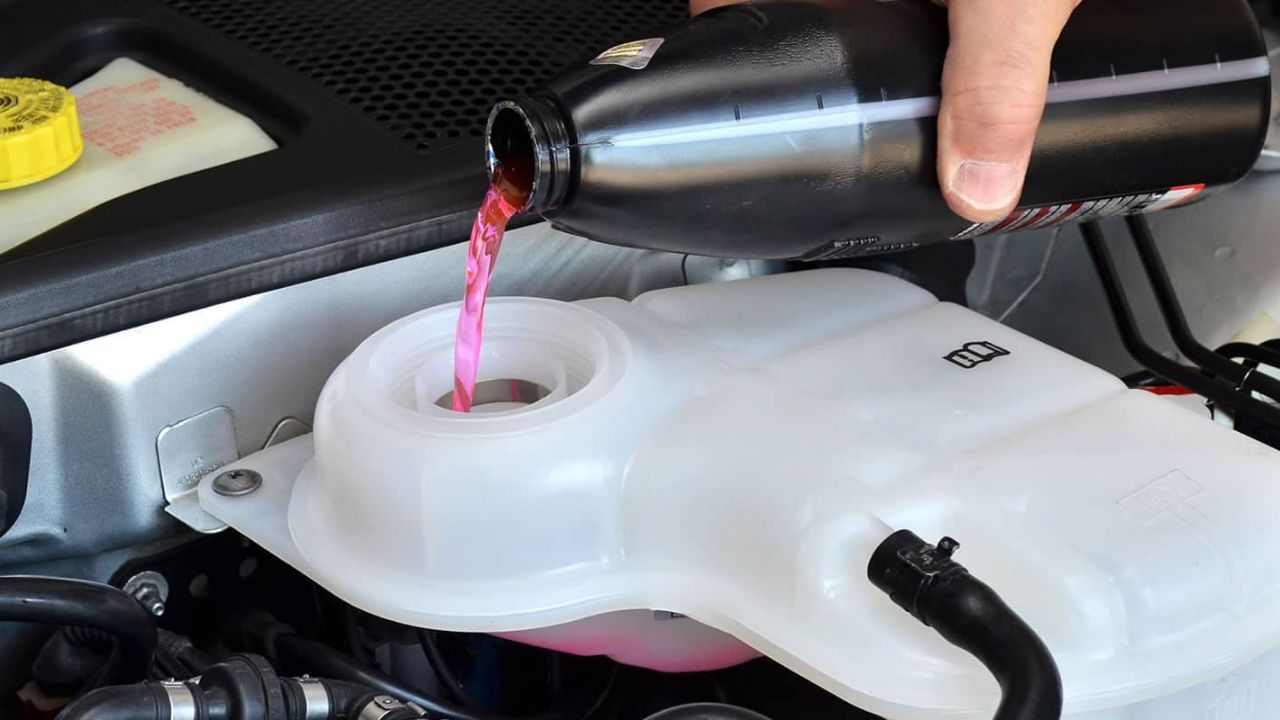How to Fix a Flat Tire: Step-by-Step Guide
How to Fix a Flat Tire. Flat tires can be a hassle, but knowing how to fix one is an essential skill for any vehicle owner. Whether you’re driving a car, riding a motorcycle, or even using a lawn mower, a flat tire can occur at any time. The good news is, with the right tools and techniques, you can handle most flat tire situations quickly and safely. In this guide, we’ll walk you through the most effective methods to fix a flat tire—whether it’s on your car, bike, or even a utility vehicle.
The most common causes of flat tires include punctures from nails or screws, slow leaks, and occasionally, tire wear that leads to flats. Depending on the type of damage, you can either temporarily patch the tire or make a more permanent repair. We’ll cover everything from how to use Fix-a-Flat for quick fixes to plugging and patching a tire.
So, let’s dive into the step-by-step process of fixing a flat tire. Whether you’re facing a slow leak or a puncture, this guide has got you covered. Continue reading to become confident in managing any flat tire situation you encounter!
Benefits of Knowing How to Fix a Flat Tire
Learning how to fix a flat tire offers a variety of significant benefits. Let’s explore these advantages in more detail:
1. Cost Savings
- Avoid professional fees: Hiring a mechanic or using roadside assistance for a flat tire can be costly. Repair shops charge for both labor and the parts needed, while a simple DIY repair can cost only a fraction of that.
- Affordable tools: Investing in a tire plug kit or a can of Fix-a-Flat is far more affordable in the long run, especially if you encounter flats frequently.
- Extend the life of your tires: Regularly fixing minor issues like punctures can prevent the need for premature tire replacement, saving even more money over time.
2. Independence
- No need for external help: If you know how to fix your own tire, you won’t need to rely on roadside assistance or friends to come rescue you. This can be especially helpful if you are in an area with poor cell service or far from a repair shop.
- Empowerment: Mastering this essential skill gives you confidence and a sense of self-reliance. Whether you’re on a road trip or commuting to work, knowing you can handle a flat tire gives peace of mind.
- Less downtime: Waiting for professional help can take hours. If you know how to handle it yourself, you can get back on the road in a matter of minutes.
3. Quick Repairs
- Assess and repair on the spot: Once you have the necessary tools and knowledge, fixing a flat tire can be a quick task. Whether it’s using a plug kit, Fix-a-Flat, or even changing the tire entirely, knowing the process makes repairs much faster.
- Reduce travel delays: A flat tire no longer means a significant delay to your trip or daily routine. Being able to resolve the issue yourself cuts down on wait time and gets you moving quickly.
- Emergency preparedness: If you ever have to fix a tire in a time-sensitive situation, like getting to work or picking up kids, knowing how to fix the flat immediately can save your schedule.
4. Safety
- Avoid unsafe waiting locations: If you find yourself stranded with a flat tire in an unsafe location (such as a busy highway or a desolate area), knowing how to quickly repair or replace the tire can help you get out of that situation faster.
- Control your environment: Instead of waiting for help and being vulnerable, you can take immediate action to resolve the issue, ensuring both your safety and the safety of any passengers.
- Nighttime or bad weather readiness: Knowing how to fix a flat ensures you can handle emergencies at night or during inclement weather without the additional risk of waiting for assistance.
5. Versatility
- Cross-vehicle applicability: The skills required to fix a flat tire aren’t limited to just your car. Whether you own a bicycle, motorcycle, lawn mower, or trailer, the basic principles of tire repair remain similar. Once you learn how to repair one type of tire, you can apply that knowledge to other vehicles.
- Adaptable tools: A tire plug kit or Fix-a-Flat can be used on various types of tires, making them versatile and valuable tools to have on hand.
- Multiple uses: Knowing how to patch or plug a tire doesn’t just apply to emergencies. You can also use these skills for ongoing maintenance or when teaching others how to handle their own tire issues.



Post Comment